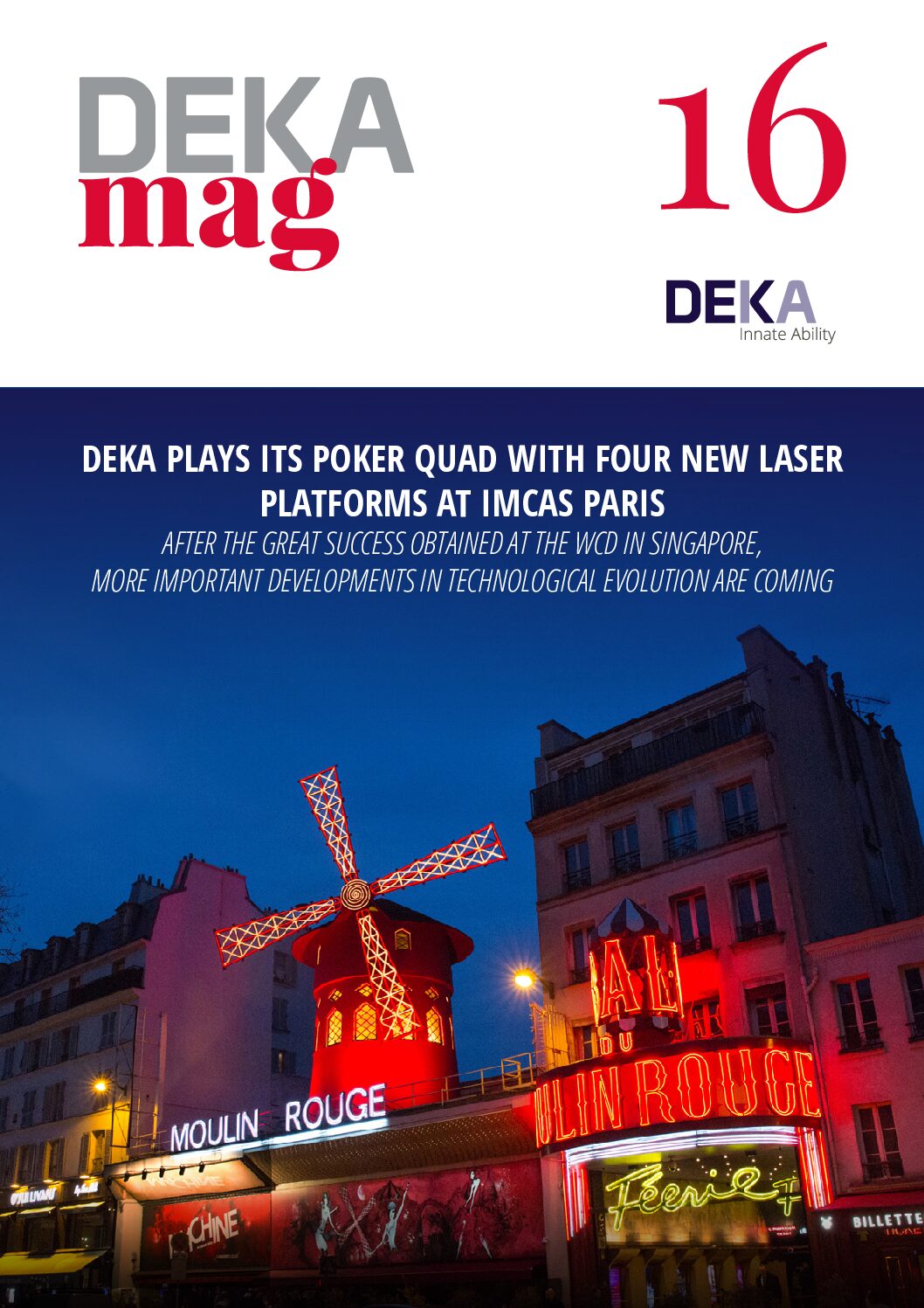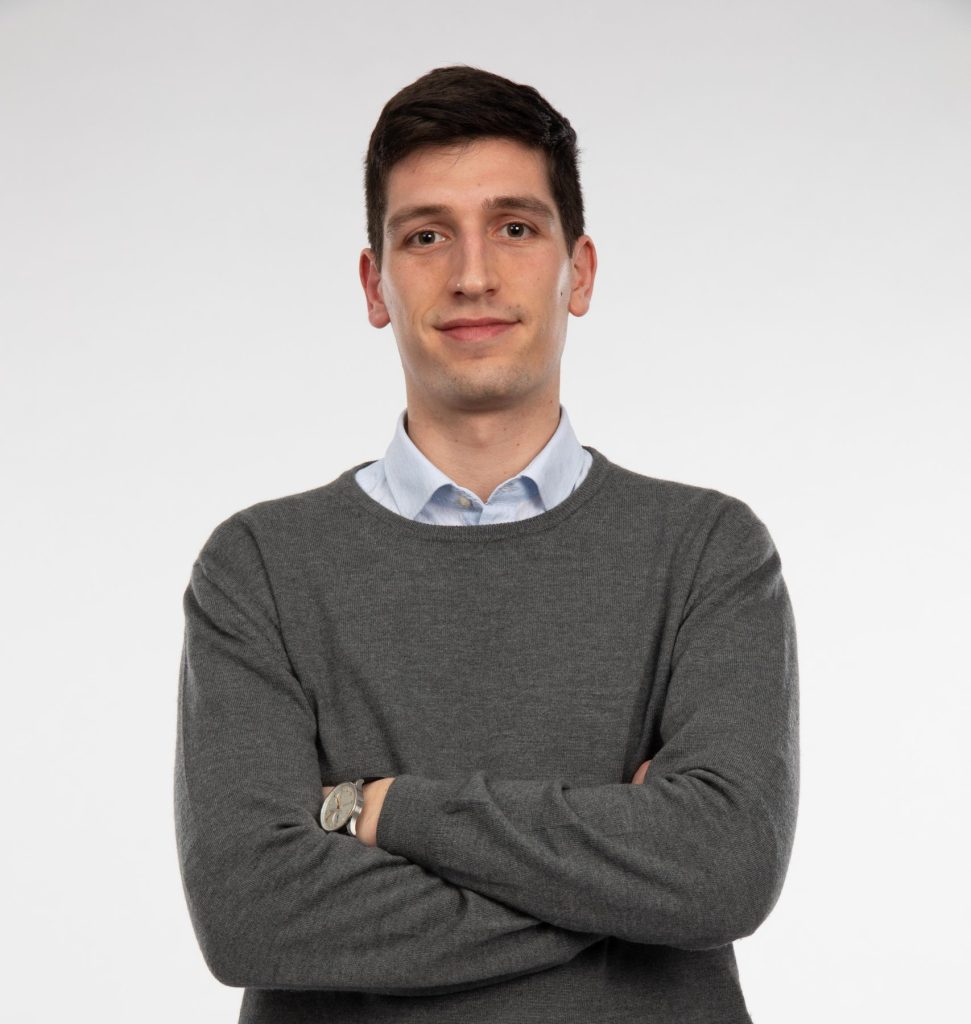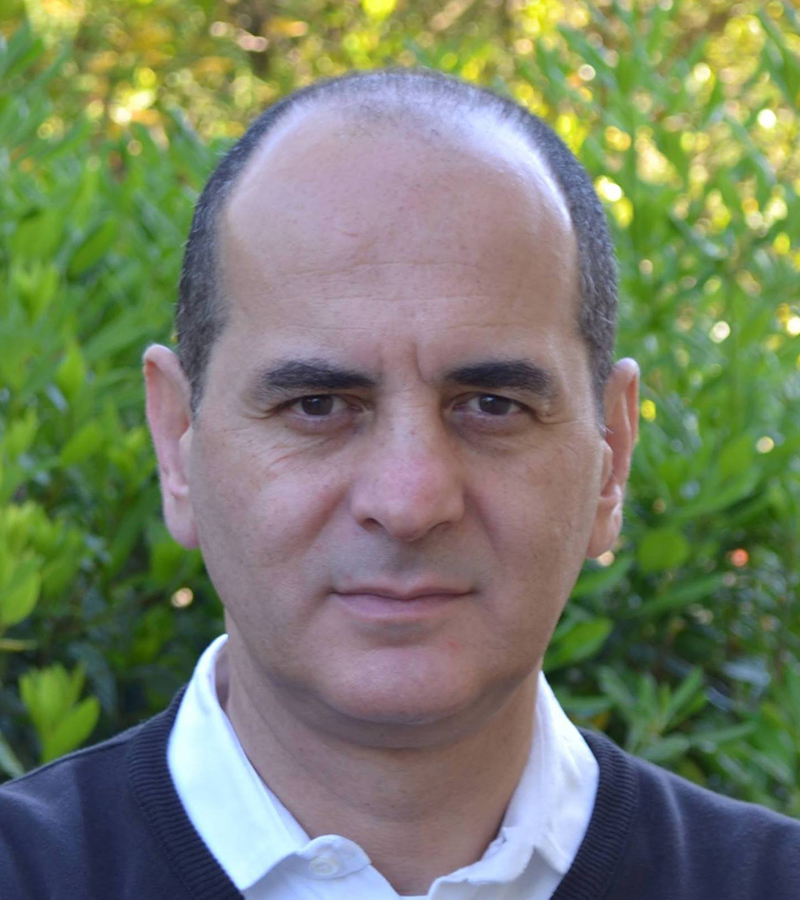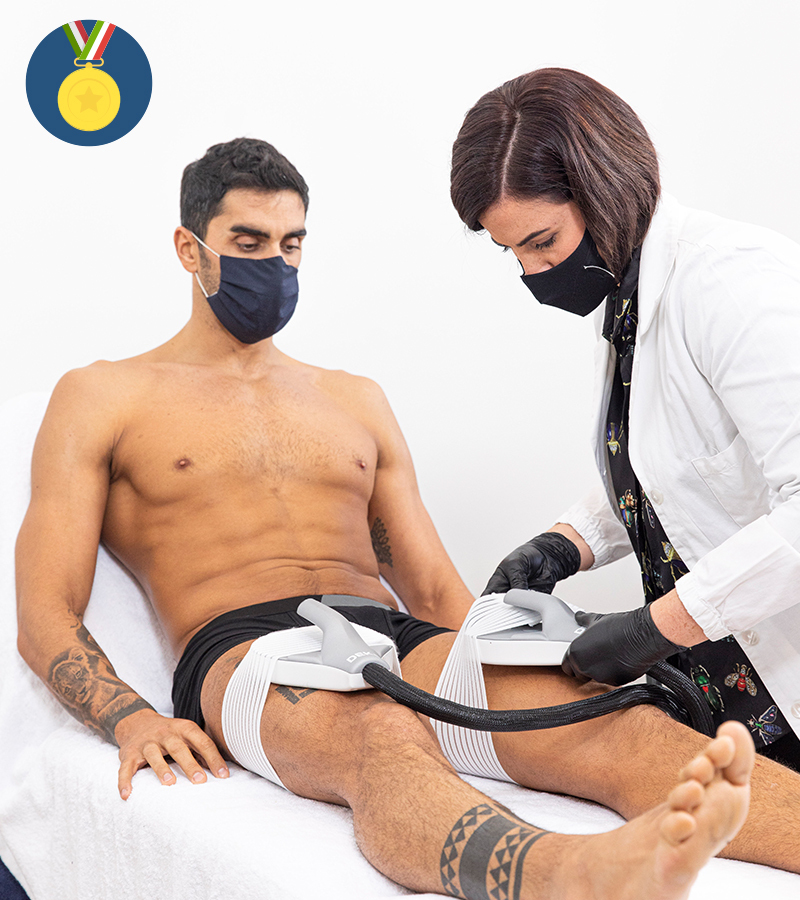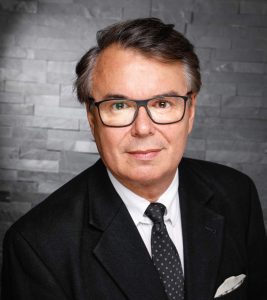
We interviewed Dr Klaus Hoffmann, a leading expert in adiposity. Trends and therapeutic options
The impossibility of participating in live congresses has complicated the work of those who believe firmly that Medical training needs continual exchange of information and experience internationally. On the other hand, the ongoing medical emergency has enabled interactions through digital platforms. Both scientific companies and corporations and, why not, even magazines like ours can get in touch with national and foreign experts, proposing easy to do interviews and collaborations. This is what we did with Dr. Klaus Hoffmann, senior member of the Department of Dermatology of Ruhr-University Bochum, whom we contacted by e-mail, and whom accepted, right away, to discuss certain aspects of the future of dermatology and aesthetic medicine. Hoffmann, dermatologist and aesthetic surgeon, regularly holds lessons on aesthetic plastic surgery and laser therapy at the university and is also president of the Department of Medicine and Aesthetic Surgery of St. Josef-Hospital in addition to being a member of a large number of scientific societies, starting from the German Society of Dermatology and the European and American Academy of Dermatology.
Dr. Hoffmann, you are very active professionally in both Germany and internationally. A leading expert in adiposity. What types of procedures are most highly demanded in your university department at the Dermatology Clinic?
We perform liposuction, lifts, upper and lower eyelid surgery. Lately, especially with various lockdowns, we’ve witnessed an especially high demand for plastic surgery procedures. This is probably because patients can deal with this challenging clinical approach since they have more free time and prefer to use it for surgeries that require home convalescence where they can manage post-surgery downtime with more care and far away from prying eyes.
Dermatology, aesthetic medicine and plastic and aesthetic surgery all cohabitate at your Institute. Is there any overlapping?
Not really. We also happen to be one of the largest laser centres in Western Europe and for us individuals are at the centre of our world of treatments, which are proposed based on expectations and the needs of doctors. Overall, we cover and meet all the demands for dermatology, aesthetic medicine and body contouring. About one third of the demand is to improve cellulite and adiposity and for which we use more or less all of the instruments and systems available on the market.
You’ve said that your laser centre is very big and well equipped…
It’s true. We have about 30 different laser systems used mainly to treat adiposity, firm up the skin and remove tattoos and improve wrinkles.
Do you propose hair removal treatments?
It isn’t among our offering, because in Germany even aestheticians can use laser for hair removal and this is the main reason we concentrate on tattoos and wrinkles. Starting in 2021, the use of [ ] will be limited to doctors. Aestheticians will only be able to use laser for epilation after specific and controlled training.
What’s the regulation for other aesthetic technologies?
From the same date all other devices (radiofrequency, pulsated light, etc.), will only be able to be used by doctors and nurses or other staff under the direct supervision of doctors.
Let’s talk about body treatments. What’s the situation in Germany?
A multitude of radiofrequency technologies are on the market. Radiofrequency technology makes use of heat generation that develops inside cutaneous tissues, propagating deep down, reaching the derma, the subcutaneous fat of the hypoderma, as far as the adipose layer. We’ve recently adopted the Onda Coolwaves system, which has shown constant further development of microwave technology, in terms of Ghz, and has been a special enhancement of our offering of non-invasive body treatments. Onda is especially effective in reducing localised adiposity and treating any small flaws that might form following liposuction. We’re achieving very good results also at firming up the skin and in improving cellulite.
How do you explain these results?
Onda is especially effective because it reaches the temperature necessary for interaction with the target. Unlike cryotherapies, it’s been shown that heat induces apoptosis. Since ancient Egypt, heat has been used to treat diseases and even now, oncology uses heat to affect the cells and induce apoptosis. Microwaves directly strike adipocytes and destroy their membranes. The lysate that comes out of the membrane goes into the interstitial tissue and is then processed by the liver or by macrophages. This process takes about 6 weeks. We usually do one treatment per month and 3 to 5 sessions are needed.
Are there hard to treat body areas for which this system would be recommended?
We use Onda also to treat the submental area and we have a relatively high demand for procedures in this area. However, demand for treatment of the neck is significantly lower in Western Europe than it is in the United States. Many colleagues in Europe rely on deoxycholic acid, often combined with other machines, but I’m rather critical of this approach. Therefore, based on the type of skin and neck, I use non-invasive devices like Onda.
Alone or combined with other technologies?
Also combined. We use it in the clinic, along with a massage system to assist with lymphatic drainage, or with electromagnetic technologies that directly impact the muscle, with very satisfactory results. Special care is paid to patient management for all treatments: a proper history should be taken and correct photography of the area to be treated are always advisable. It’s of vital importance for us to keep patients informed over the long term. During every consultation, we invest at least 30 minutes to advise the patient on the best therapeutic pathway.
What’s the response from patients?
Many patients believe we have miraculous machines that can do anything. But it’s important for expectations to be reasonable and to carefully explain what’s feasible compared to what the patient wants. Before and after photographic documentation is crucial because especially accurate and standardised images are necessary to be able to appreciate and compare unequivocally the clinical improvements before and after. I’m pleased to say that with Onda Coolwaves patient satisfaction is very high; no patients with side effects and we’re achieving results on cellulite, but also on cutaneous firming. We started using Onda to treat the hardest cases; but even in this case it’s vital to inform patients about the real possibility of getting certain results. I insist – it’s absolutely important. In fact, in some cases, it’s best to decline a patient than to undertake a clinical path with someone whose expectations are exaggerated. In the end, this would only be a disappointment for both sides. Only with these foundations and with concrete results is it possible to improve the patients’ life quality, whether they’re treated with Onda or other methods. What I always repeat to my patients, and also to my medical students, is to never forget that success is important for a doctor, but it must always be measured through the lens of contributing toward improving the patient’s life. And this is only possible if the right device is used for the right indication.
Onda Coolwaves: from treatment of the body to the submental area thanks to new handpieces
During the interview, Dr. Hoffmann told us about his experience with Onda Coolwaves. Patented by DEKA, a new release of this instrument is available today and with the possibility to upgrade devices from before May 2020. The use of microwaves is relatively easy and intuitive, but applying them is highly complex, and only two years after launching this system, it has expanded from treating the body (cellulite, localised adiposity and laxity) to the submental area. This has been made possible with the new handpieces (specifically the Shallow Handpiece) and a new software programme. Operatively, the weight of the handpieces is offset by the new friction-systems on the updated telescopic antennae for better adaptation to the position and height of the operator and patient.

